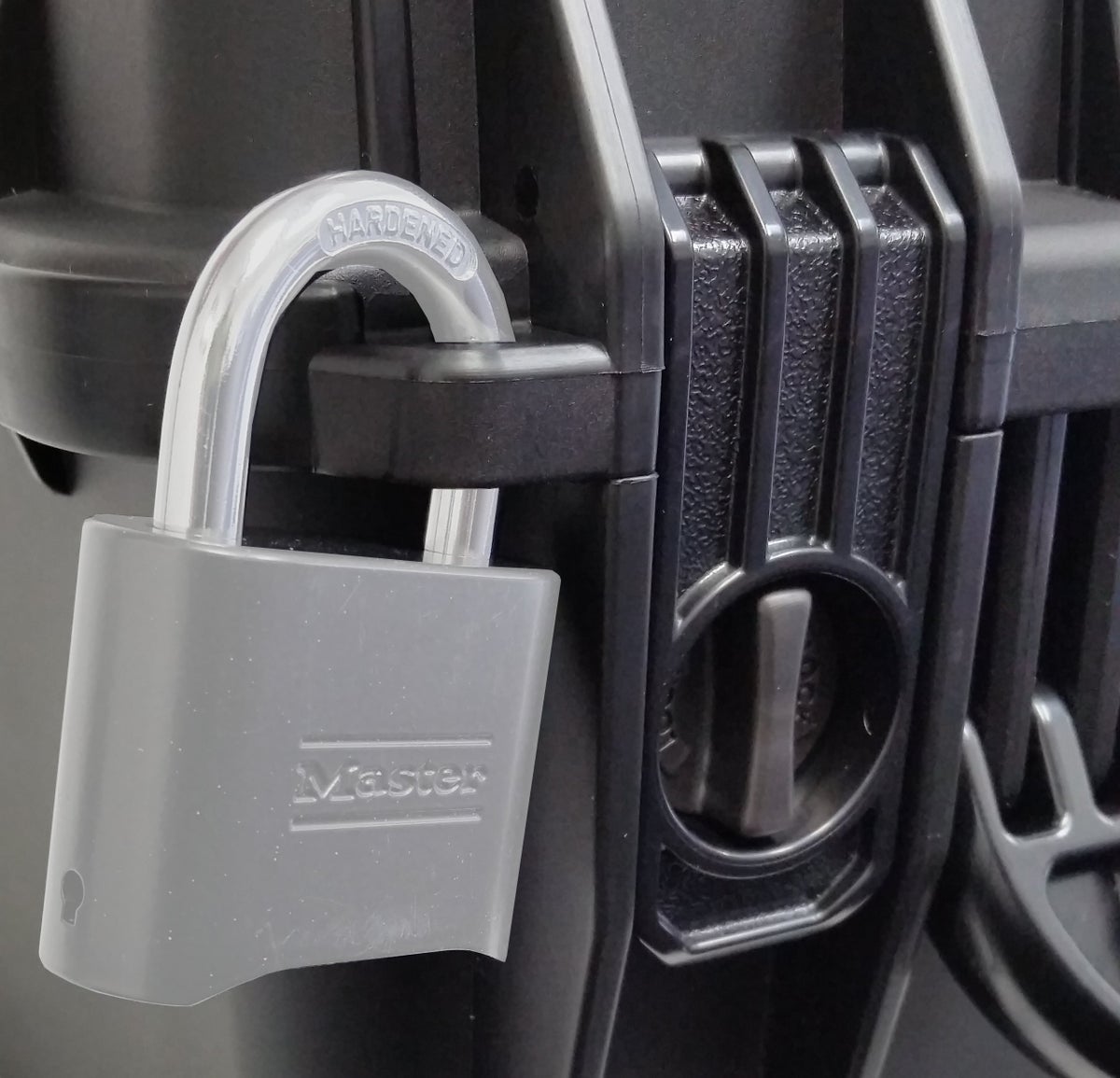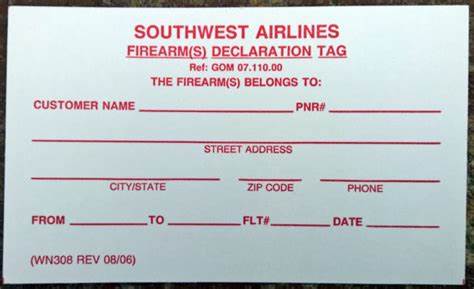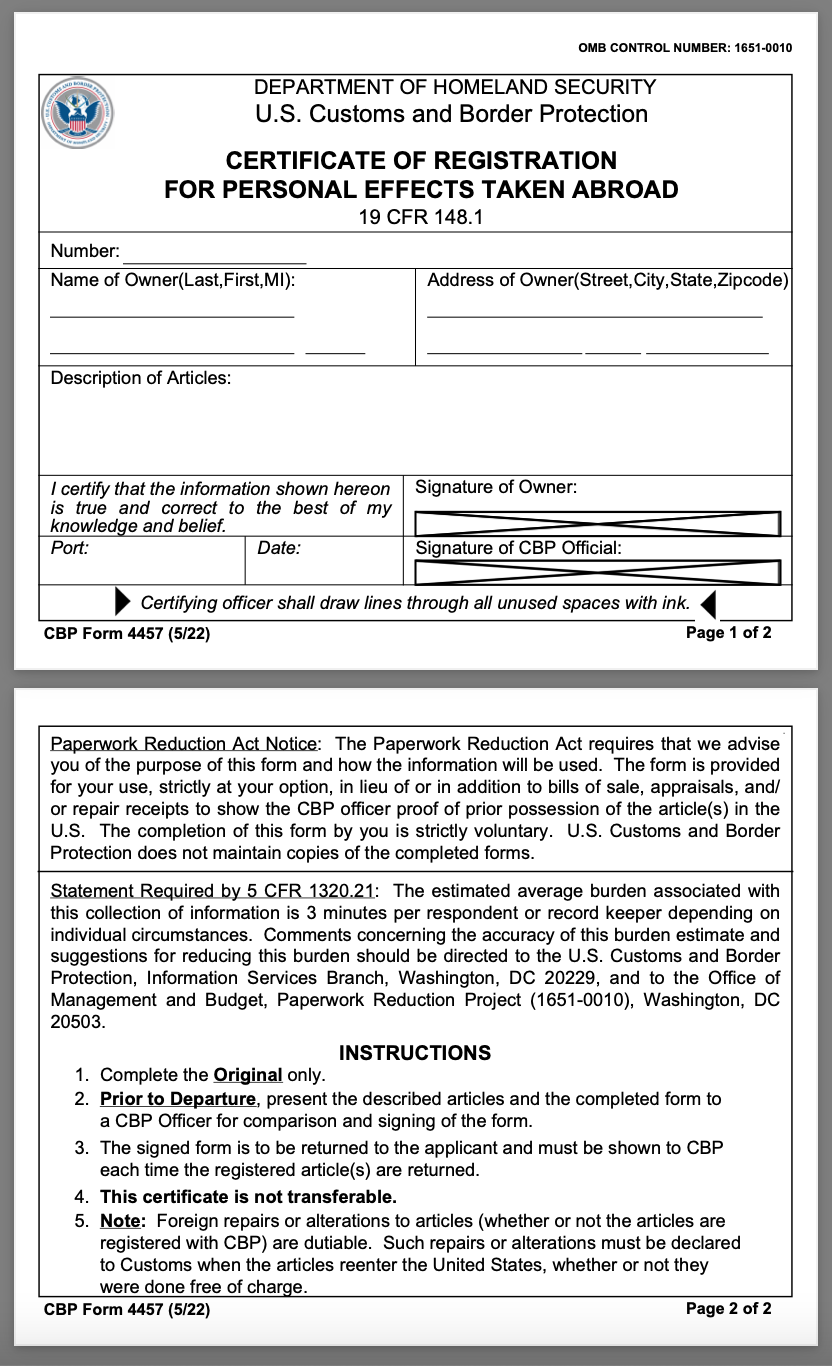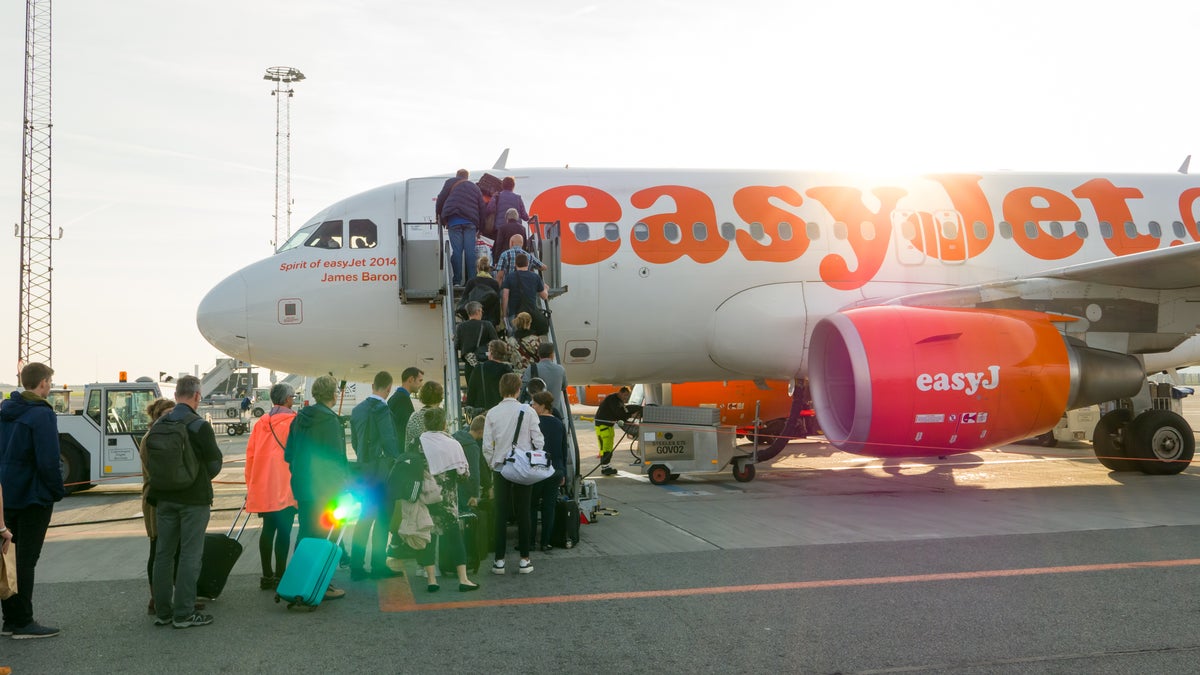Christy Rodriguez
Christy Rodriguez
Former Travel and Finance Content Contributor
86 Published Articles
Countries Visited: 36U.S. States Visited: 31
After having “non-rev” privileges with Southwest Airlines, Christy dove into the world of points and miles so she could continue traveling for free. Her other passion is personal finance, and is a cer...
Edited by: Nick Ellis
Nick Ellis
Senior Editor & Content Contributor
459 Published Articles 1243 Edited Articles
Countries Visited: 35U.S. States Visited: 25
Nick’s passion for points began as a hobby and became a career. He worked for over 5 years at The Points Guy and has contributed to Business Insider and CNN. He has 14 credit cards and continues to le...
& Keri Stooksbury
Keri Stooksbury
Editor-in-Chief
112 Published Articles 3834 Edited Articles
Countries Visited: 54U.S. States Visited: 28
Editing with Upgraded Points for over 6 years, as editor-in-chief, Keri manages the editorial calendar and oversees the efforts of the editing team and over 20 content contributors, reviewing thousand...
![Safe and Legal: The Complete Guide To Flying With a Gun [2025]](https://upgradedpoints.com/wp-content/uploads/2023/04/Passengers-waiting-at-baggage-claim-carousel.jpeg?auto=webp&disable=upscale&width=1200)



![Flying While Pregnant – Your Guide to Airline Policies [2025]](https://upgradedpoints.com/wp-content/uploads/2022/03/Pregnant-woman-on-plane.jpeg?auto=webp&disable=upscale&width=1200)


